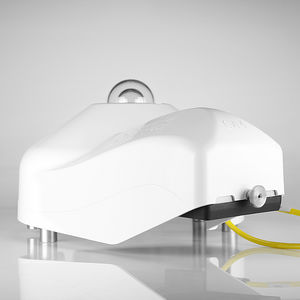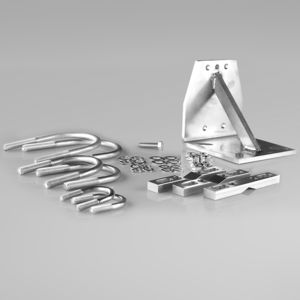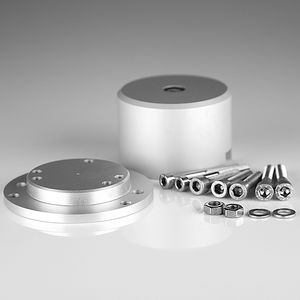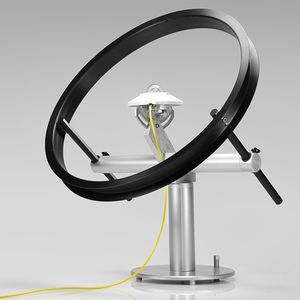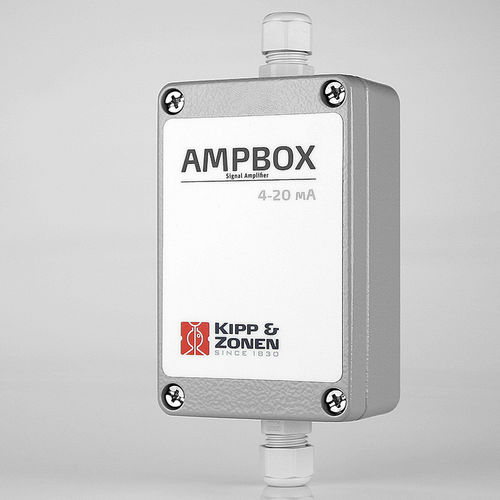
- Products
- Catalogs
- News & Trends
- Exhibitions
Signal amplifier AMPBOXcurrentisolatedtemperature





Add to favorites
Compare this product
Characteristics
- Type
- signal, current
- Other characteristics
- isolated, temperature, IP66
- Voltage
Max.: 150 mV
Min.: 0 mV
- Current
Max.: 20 mA
Min.: 4 mA
Description
Galvanic Isolated In/output
Extended Temperature Range
Negative Inputs Allowed
Large Screw Terminals
Fixed or Calibrated Gain
5 years warranty
AMPBOX Amplifier
AMPBOX is a current loop amplifier for the complete range of solar radiometers.
Most radiometers have no power supply, the measured radiation is used to create an output signal in the mV range and amplification is often required, especially when signal cables of more than 50 m are used between the radiometer and data collection equipment.
The input and output of the AMPBOX are galvanically isolated to minimize feedback and to protect the data collection equipment. When installation is in EMC-unfriendly environments, amplification can prevent interference problems.
The 4 to20 mA interface makes it easy to connect to most data collection equipment. An output of 2 to 10 Volt can be created with the use of a 500 Ω resistor and a suitable power supply.
As standard amplification is set to 2 mV input equals 1 mA output. On request the amplification can be adjusted to suit the sensitivity of a specific radiometer, for example with a pyranometer this results in 4 to 20 mA equals 0 to 1600 W/m².
AMPBOX is IP66 approved and suitable, like all Kipp & Zonen radiometers, for outdoor installation under all weather conditions. Two cable glands and large internal screw terminals allow for easy connection of radiometer and output wires. Radiometer temperature sensors can be connected and passed through AMPBOX (without amplification).
Catalogs
*Prices are pre-tax. They exclude delivery charges and customs duties and do not include additional charges for installation or activation options. Prices are indicative only and may vary by country, with changes to the cost of raw materials and exchange rates.






